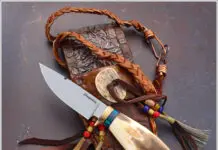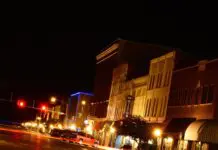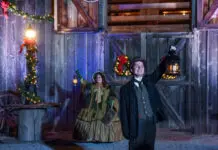Lady Antebellum, Own The Night – This country music trio came roaring onto the scene just four years ago with the debut single, “Love Don’t Live Here.” Four No. 1 singles and two multi-platinum albums later, one of country’s biggest acts with broad crossover appeal is set to reveal their much anticipated third studio album.
Neon Indian, Era Extraña – The Alan Palomo fronted electronic outfit from Denton, Tex., released their debut, Psychic Chasms, in late 2009, earning a wave of critical acclaim from indie music media, Spin and Rolling Stone. Hot on the heels of a limited release vinyl EP with The Flaming Lips, the band is set to unveil their sophomore album, recorded in Helsinki, in early 2010.
Tori Amos, Night of Hunters – Tori Amos is one of those rare artists to achieve critical and commercial success without taking the conventional approach. Amos continues her tradition of albums based on a musical and ideological theme with her 12th studio release. This effort brings her back to a piano-driven, acoustic style similar to that which launched her career, and she envisions the work as 21st century song cycle inspired by classical music.
Wilco, The Whole Love – Like Tori Amos, this Chicago-based group has achieved success and gained an enormous and enormously dedicated fanbase without caving to music industry norms – they were famously dismissed from Reprise after refusing to alter Yankee Foxtrot Hotel, which would go on to become their most commercially successful album. Their eighth studio album will be released on their own dBpm label. BTW, Wilco loves to play Cain’s Ballroom in Tulsa. Let’s hope this album brings them back soon.























